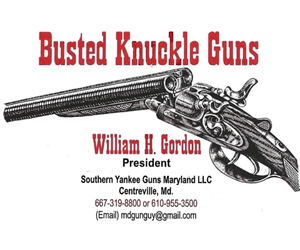Strongest: Clearly the Tri-ad by cold steel is extremely strong, as is the Axis-lock, Arc-lock and reinforced liner lock (AutoLAWKS). There are many others that are probably less strong, like ring-lock, slip-joint, mid-lock, clasp-lock, and basic liner lock (and similar frame lock), lock-back (and stronger mid-lock).
But which of all these, or others if you can find a better system is truly the 'strongest' of all folding knives?
References:
http://www.knife-depot.com/blog/a-guide-to-the-types-of-knife-locking-systems/
http://www.bladeforums.com/forums/showthread.php/781977-Axis-vs-tri-ad
http://www.everydaycommentary.com/2011/11/lock-types.html


But which of all these, or others if you can find a better system is truly the 'strongest' of all folding knives?
References:
http://www.knife-depot.com/blog/a-guide-to-the-types-of-knife-locking-systems/
http://www.bladeforums.com/forums/showthread.php/781977-Axis-vs-tri-ad
http://www.everydaycommentary.com/2011/11/lock-types.html










